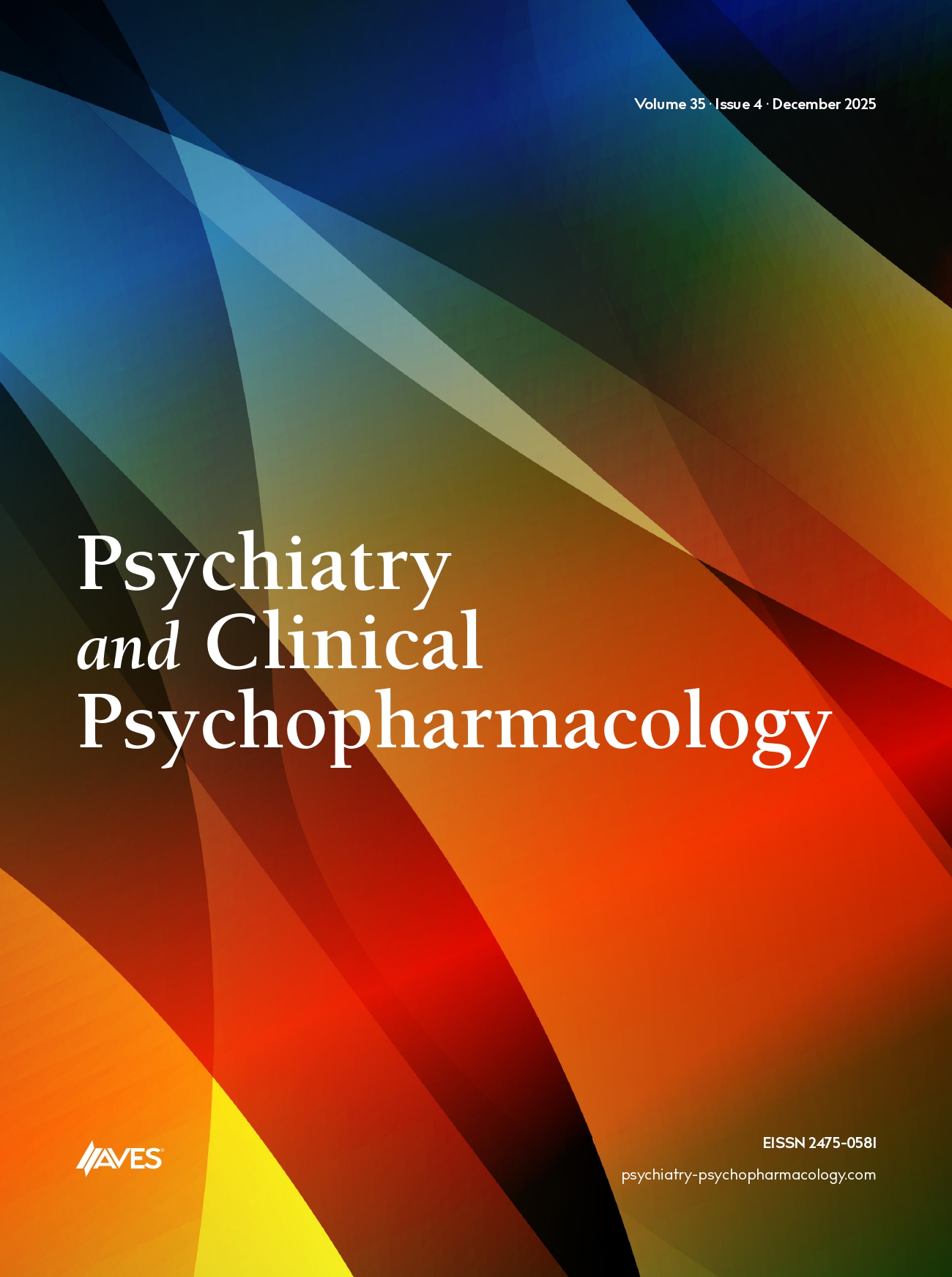Major Depressive Disorder (MDD) is a prevalent, chronic, recurrent and disabling disorder and it is predicted that MDD will be the second most common cause of incapacitating disease in 2020 (1). Although a broad range of effective treatments is available, a considerable proportion of patients do not respond adequately (2). Patients who have already experienced recurrent depressive episodes often relapse and do not achieve full remission despite treatment with conventional therapies (3). A need for the development of alternative treatments for treatment resistant depression (TRD) that are effective, have fewer side-effects or have longer-lasting antidepressant effects has been identified. Vagus nerve stimulation (VNS) therapy is a type of treatment where a small electrical pulse is administered through an implanted neurostimulator to a bipolar lead attached to the left vagus nerve (4). VNS was approved by the US Food and Drug Administration in 2005 for the adjunctive long-term treatment of chronic or recurrent depression for patients 18 years or older who are experiencing a major depressive episode (MDE) and have not had an adequate response to 4 or more adequate antidepressant treatments. The mechanism of action of VNS is not fully understood although emerging data suggest that VNS therapy modulates the function of neural structures implicated in depression and also inşuences monoaminergic neurotransmission (5). In a randomized sham-controlled trial, VNS only showed a response rate of 15.2% compared to 10% with sham treatment (p=0.251) during a 10 week trial (6). But most of the open-label studies about the short and long-term efficacy of the VNS in patients with TRD showed significant reductions in response and remission rates. Rush et al. examined the effect of VNS in adult outpatients with nonpsychotic, treatment-resistant major depressive or bipolar I or II (depressed phase) disorders. Response rates were 40% for the Hamilton Depression Rating Scale (HDRS) (7). In an open pilot study of VNS in outpatients with treatment-resistant MDEs the response rate was 30.5% for the primary HDRS (28) measure, after 10 weeks of VNS (p =.0057) (8). George et al. compared data from the 205 patients who completed the 12-month naturalistic study that was done by Rush et al. (9) with a matched control group of 124 patients with TRD who received only treatment as usual (TAU). Response rates according to the HDRS (24) at 12 months were 27% for VNS+TAU and 13% for TAU (p <.011) (10). In an open, uncontrolled multi-centre study of VNS therapy as an addition to stable pharmacotherapy, the response and remission rates were found to be 37% and 17% after 3 months of VNS and 53% and 33% after 1 year of VNS, respectively (11). The most common side effects due to the VNS were incision pain, voice alteration, neck pain, headache, cough, dysphagia and dyspnoea. Although it has a good safety profile, the present evidence supporting its use is still limited. VNS seems to be an interesting new approach to treating TRD. However, despite the promising results reported mainly in open studies, further clinical trials are needed to confirm its efficacy in major depression and to understand its mechanism of action.


.png)
.png)